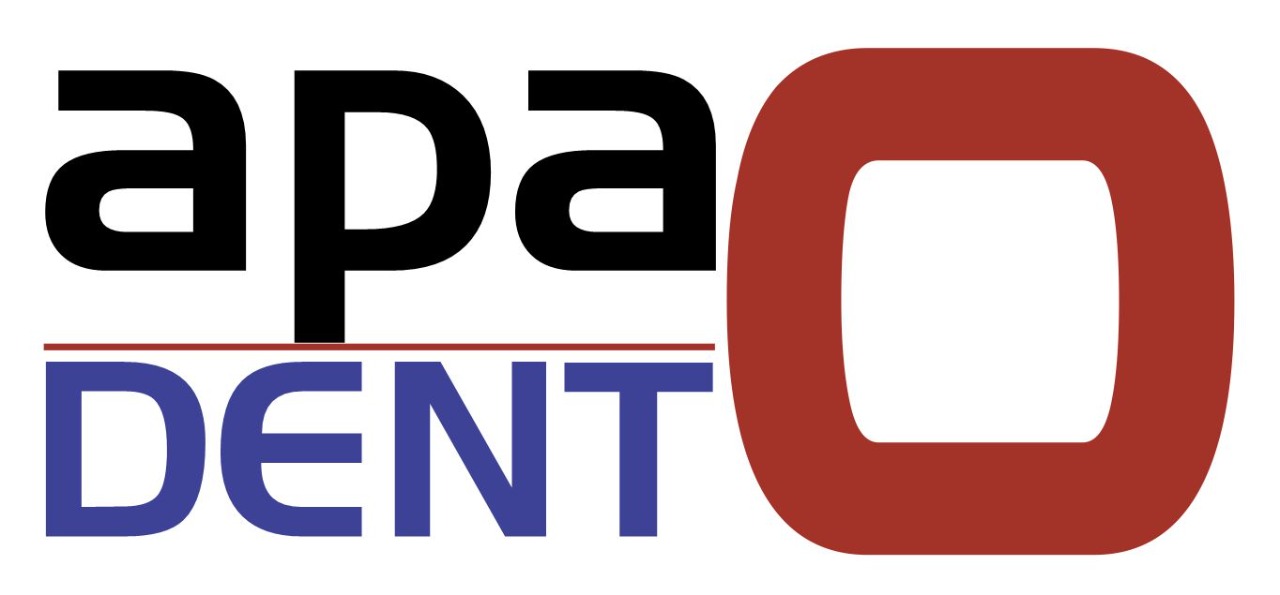Abstract : The development of bone-augmentation techniques, such as guided bone regeneration and sinus floor elevation, to correct local bone defects at potential implant sites has increased the indications for implant therapy. The paradigm shift to moderately rough implant surfaces resulted in faster and enhanced bone integration and led to improvements in various treatment protocols, such as immediate and early implant placement in postextraction sites, and made various loading protocols possible, including immediate and early implant loading. In the past 15 years, preoperative analysis and presurgical planning improved as a result of the introduction of three-dimensional imaging techniques. Hereby, cone-beam computed tomography offers better image quality with reduced radiation exposure, when compared with dental computed tomography. This opened the door for digital planning and surgical modifications. Over the last 50 years this evolution has facilitated tremendous progress in esthetic outcomes with implant-supported prostheses and improved patient-centered outcomes. This volume of Periodontology 2000 also discusses the current trends and open questions of implant dentistry, such as the potential of digital implant dentistry in the surgical and prosthetic field, the trend for an increasing average age of implant patients and the related adaptations of treatment protocols, and the second attempt to establish ceramic implants using, this time, zirconia as the implant material.
Call Us +91-93455 28679 Email us info@apadento.org
- Home
- About
- Membership
- Services
-
- Conference & Events
- Convention & Meetings
Conference & Events Assistance
Scientific Assistance
Scientific Data Base Management
-
- Committees
- Conferences & Events
-
- Forthcoming Events
- Precedent Events
Conferences & Events
-
- Publications
- Collaboration
- Schedule a Meeting
- Archives
- Contact
